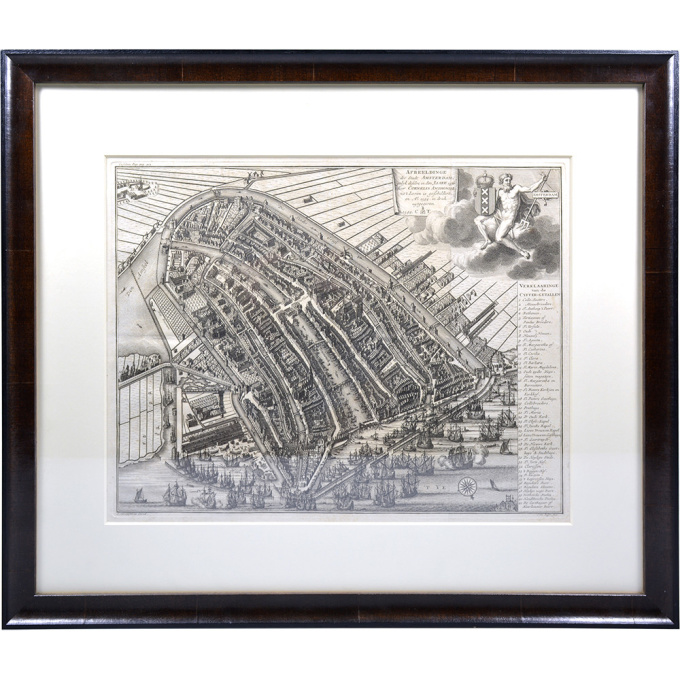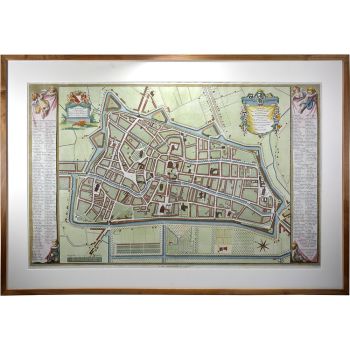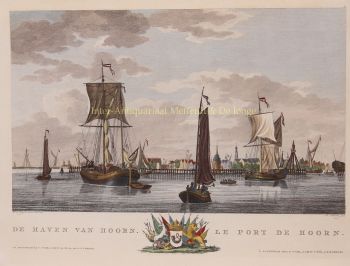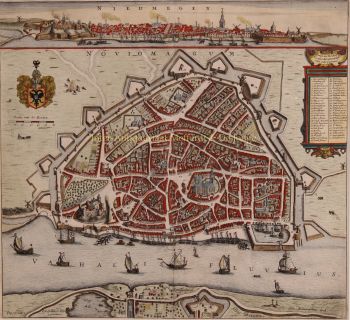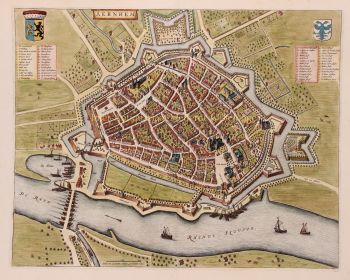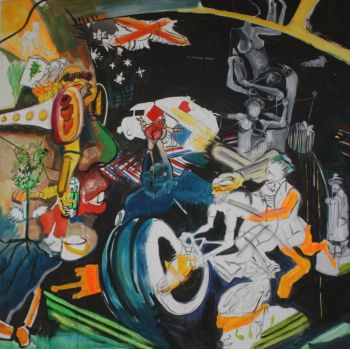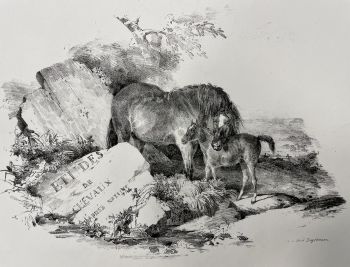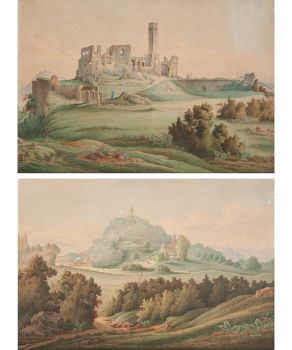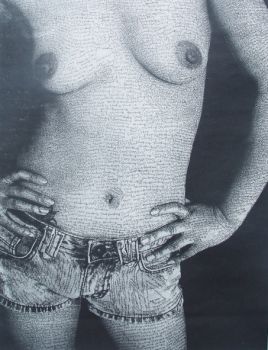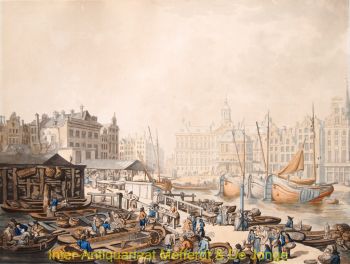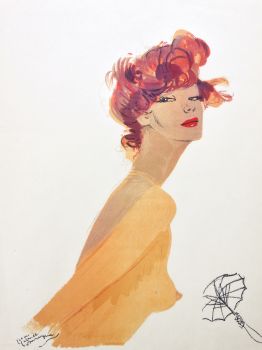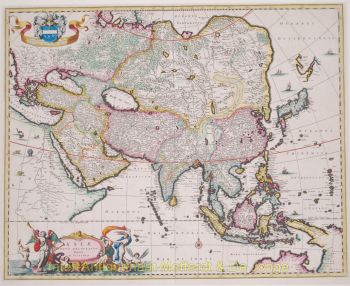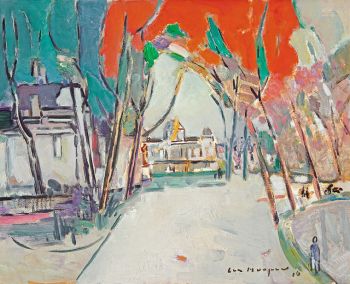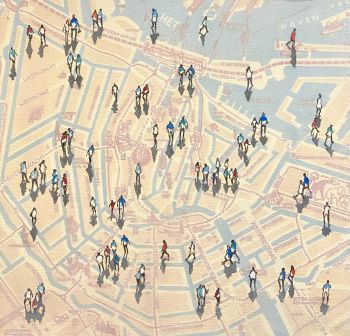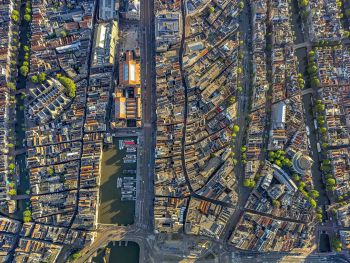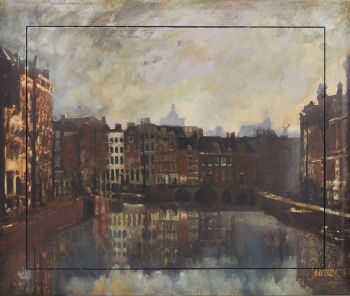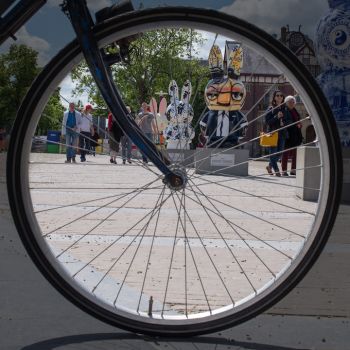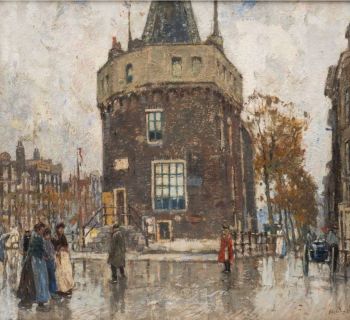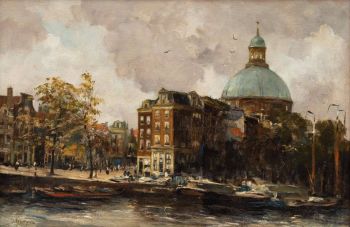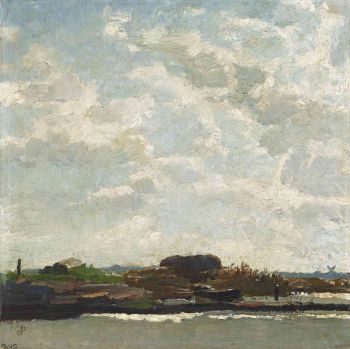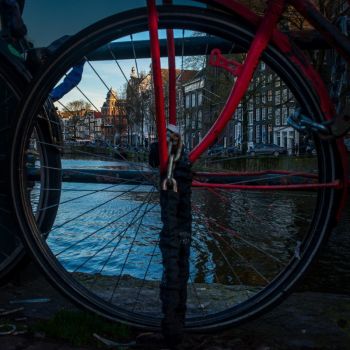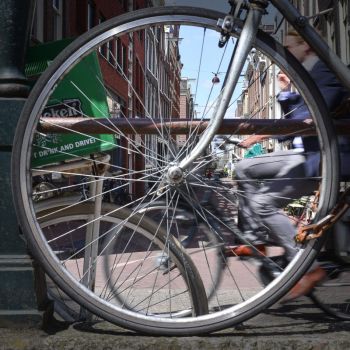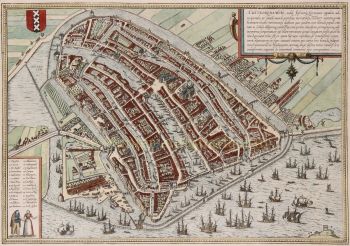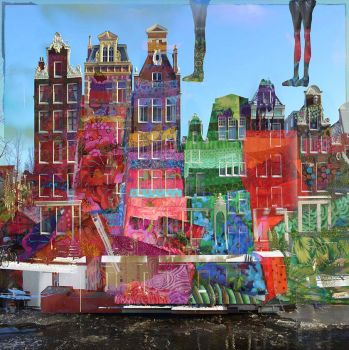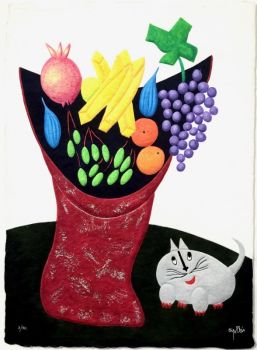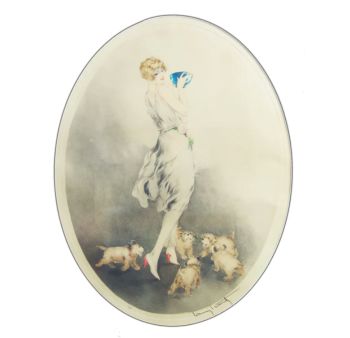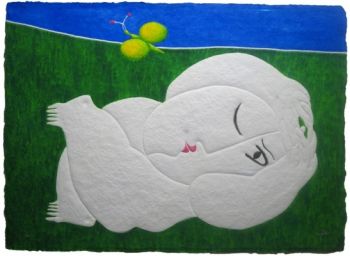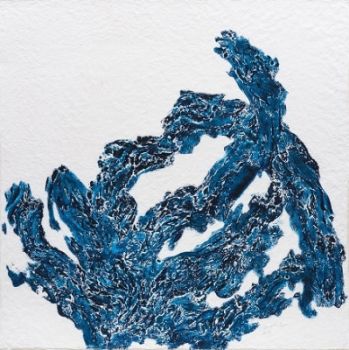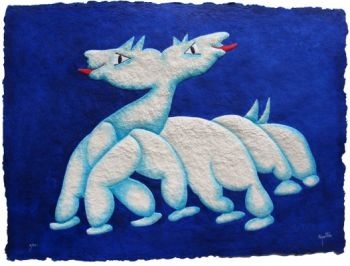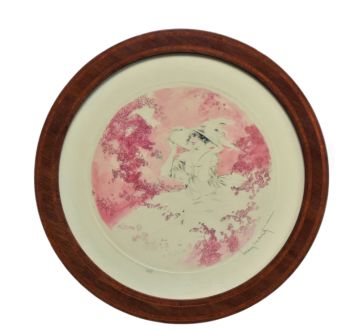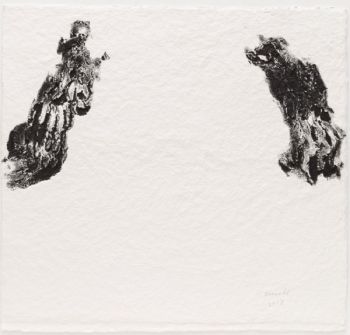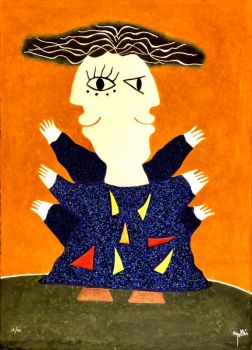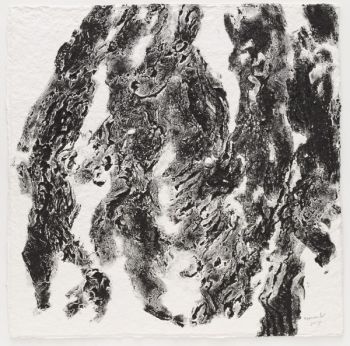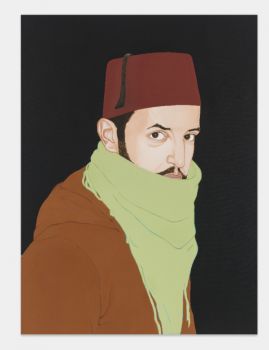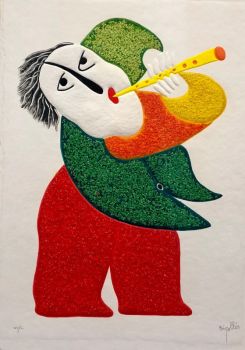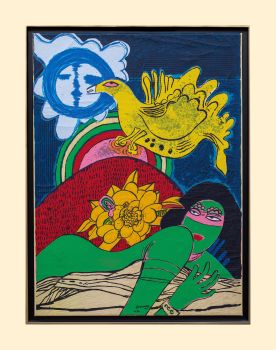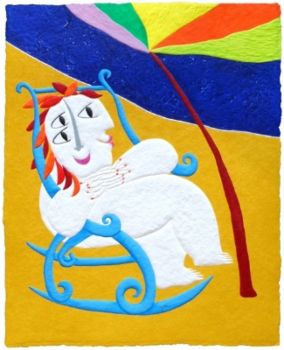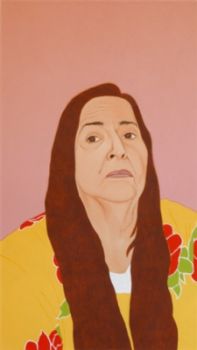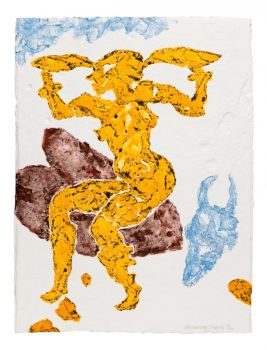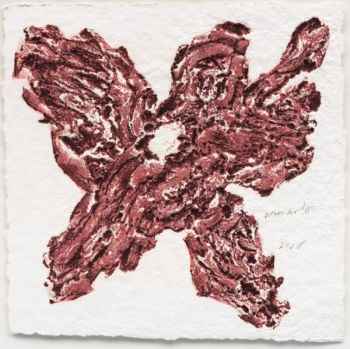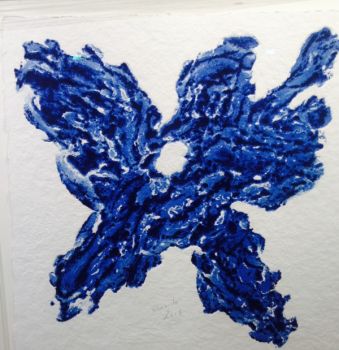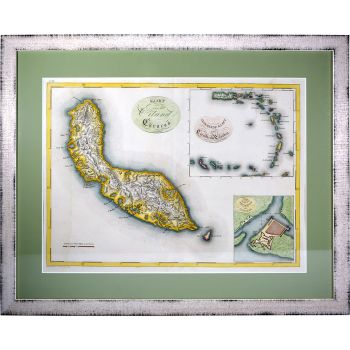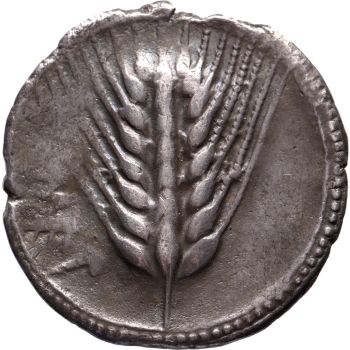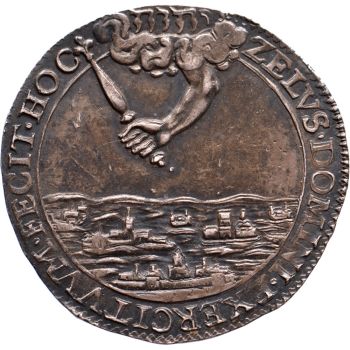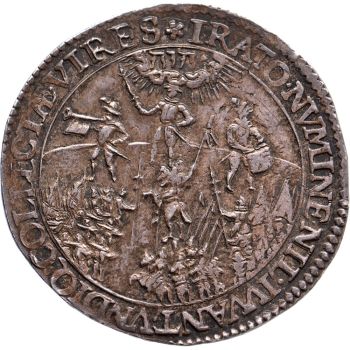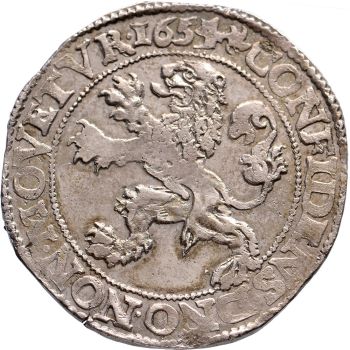Amsterdam city plan - Joost van Sassen 1729
Cornelis Anthonisz.
PrintEngraving
ConditionVery good
€ 750
Jongeling Numismatics & Ancient Art
- About the artwork“Afbeeldinge der Stad Amsterdam, gelyk deselve in den jaren 1536 door Cornelis Antonisz na ’t leven is geschildert, en Ao 1544 in druk uytgegeven.”, engraved by Joost van Sassen and published by Johannes van Septeren in Amsterdam in 1729. Size: 35,5 x 27,5 cm. Size including frame: 52 x 44,5 cm.
- About the artist
Anthonisz was a grandson of Jacob Cornelisz. van Oostsanen, who was probably also his teacher, and a cousin of Dirck Jacobsz. In 1538 he painted the first complete and (relatively) accurate map of Amsterdam, commissioned by the city as a gift for Emperor Charles V. He is best known for his woodcuts.
His most famous woodcut is the Vogelvlucht map of Amsterdam from 1544, which was printed with 12 blocks. This woodcut was very popular and was reprinted well into the seventeenth century, so there are several versions, such as a version with a Gothic initial D at the top right, one with a Latin initial D decorated with plant motifs (see image center right) and one with Latin initial D depicting King David (see image bottom right).
He also made many royal portraits and allegorical prints. Only two paintings can be attributed to him with certainty, both of which have been given on permanent loan by the city of Amsterdam to the Amsterdam Museum. According to the legend on his Vogelvlucht map, he lived “behind the Nieuwe Kerk” in “de Schrijvende handt”. A facing stone with a writing hand on it was the identification mark of writers, booksellers and mapmakers.
Are you interested in buying this artwork?
Artwork details
Related artworks
- 1 - 4 / 24
- 1 - 4 / 24
- 1 - 4 / 24
- 1 - 4 / 12

